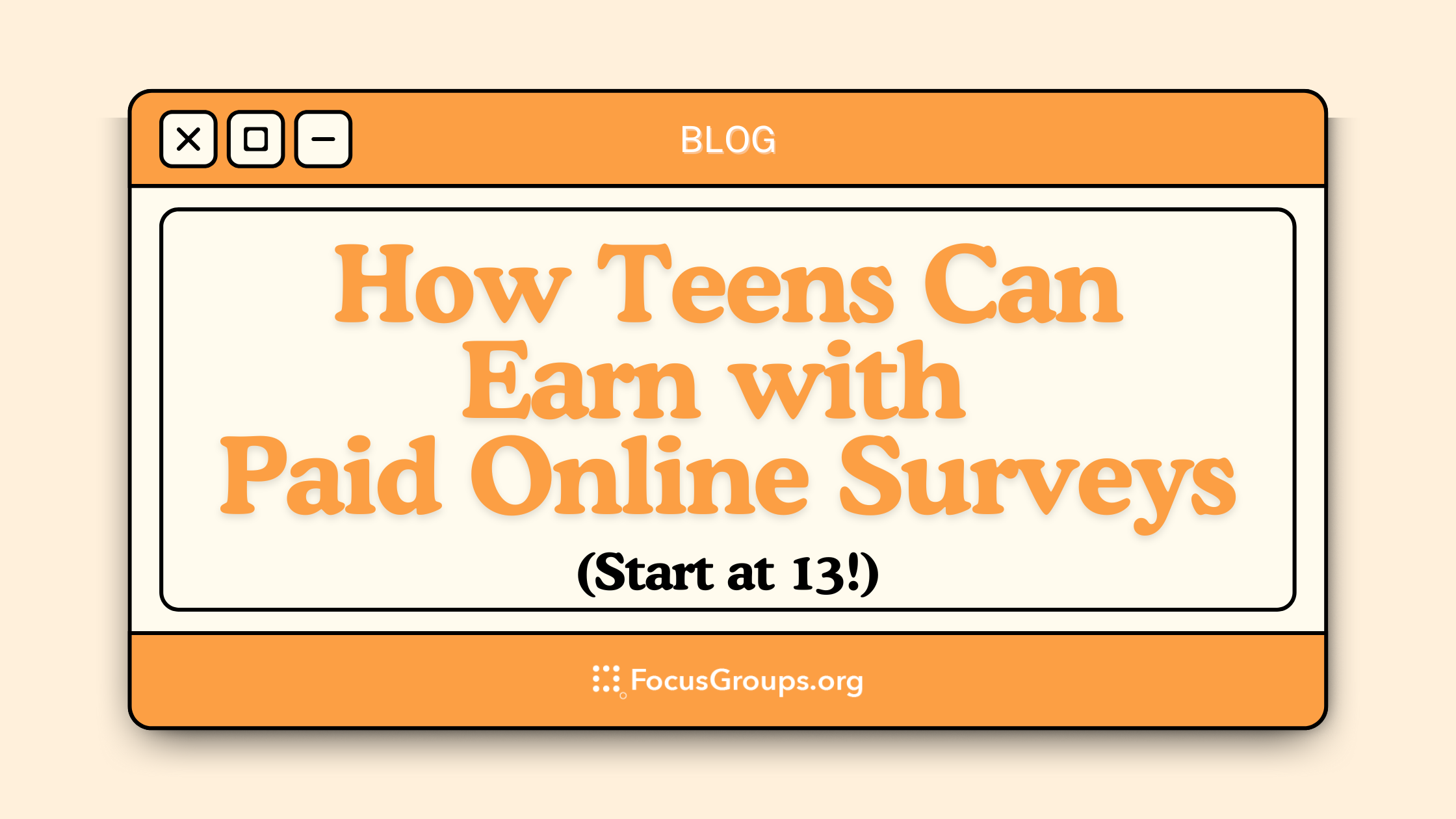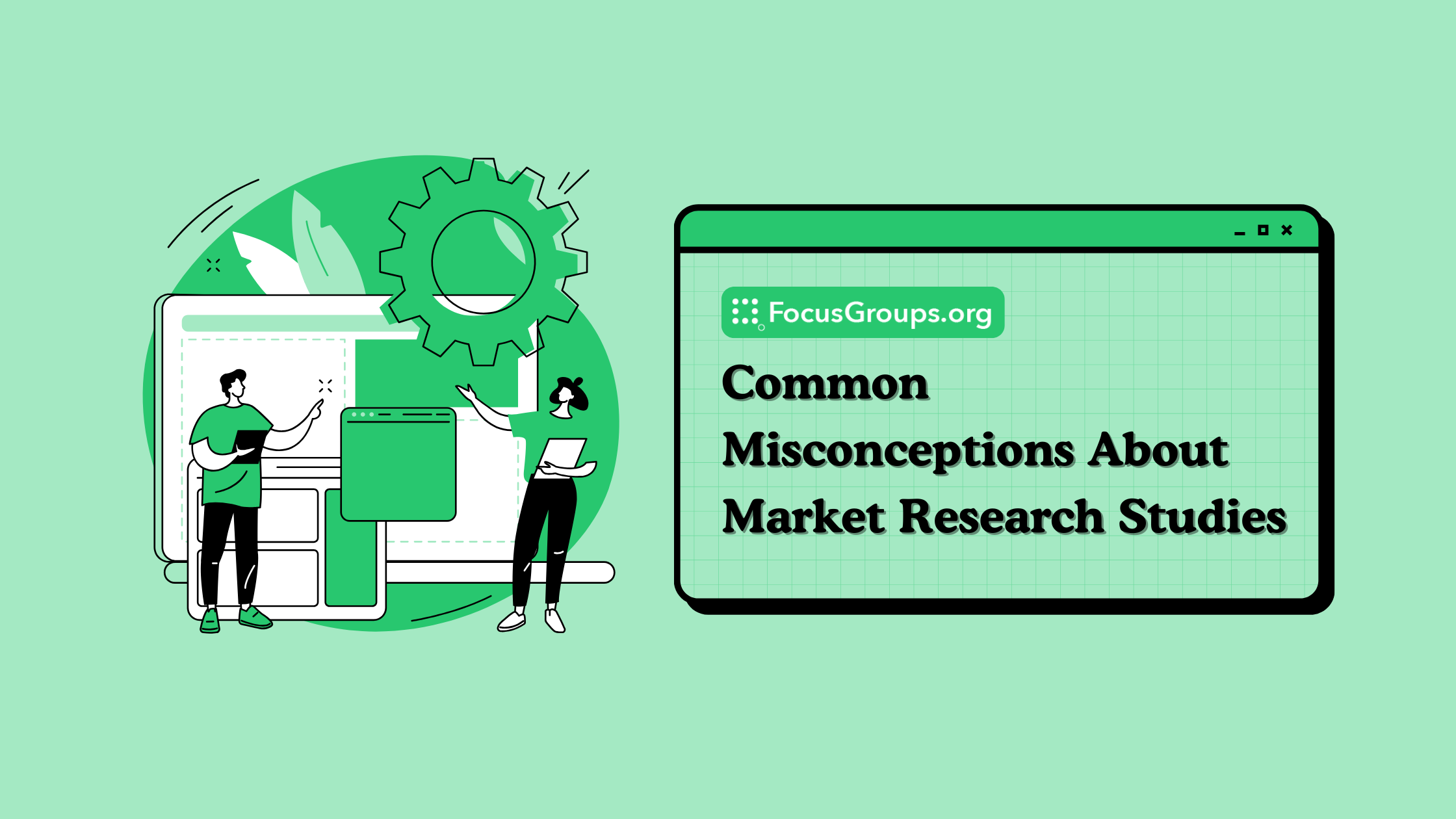A Simple Guide to Conducting Effective Consumer Research

Understanding your customers is essential for business success. Consumer research reveals what actually drives purchasing decisions, enabling you to develop products people genuinely want. This knowledge helps identify unmet needs and reveal how your offerings compare to competitors. Through research, you'll uncover valuable insights about pricing sensitivity, feature preferences, and brand perceptions. These findings can guide everything from product development to marketing messaging. Consumer research also minimizes risk by testing concepts before full-scale investment. Whether launching something new or improving existing offerings, collecting accurate data through thoughtful research creates a foundation for strategic decisions that align with real customer expectations.
Reference Table:
- Establish Your Research Goals
- Choose the Right Participants
- Pick the Best Research Method
- Create the Right Research Materials
- Set the Stage for Honest Feedback
- Gather and Analyze the Data
- Turn Insights Into Action
- Wrapping Up
STEP 1: Establish Your Research Goals
Before diving into your consumer research session, it's essential to define your goals. This step is critical because it keeps everything focused and aligned with your business needs.
Clear objectives ensure that the session stays on track and help you create relevant questions. Without defined goals, your research could end up being disorganized, leading to data that's hard to interpret or doesn't provide useful insights.
STEP 2: Choose the Right Participants
Selecting the right participants is the next step in your research journey. The people involved should represent your target audience since their feedback will provide the most relevant insights. If your study is about a product designed for young professionals, make sure your participants fit that profile.
It's also essential to have a diverse group of participants, especially for focus groups, where varied perspectives are valuable. A range of opinions helps you uncover deeper insights into customer behaviors and preferences when using your consumer research tools.
Check out our blog: Stop Guessing: How to Pinpoint the Perfect Participants.
STEP 3: Pick the Best Research Method
Once you’ve set your objectives and chosen participants, it’s time to decide on the research method. The type of data you need will determine the best approach.
- Focus Groups: Ideal for gathering qualitative data such as attitudes, feelings, and opinions. Focus groups allow you to dig deep into the "why" behind consumer behaviour research.
- Interviews: These one-on-one sessions are perfect for gaining more in-depth insights and understanding customer experiences on a personal level.
- Surveys: Best for collecting quantitative data from a larger audience. Surveys can provide clear statistical insights into customer preferences, satisfaction, and trends.
Choosing the right method is key to gathering the type of data that will help you make informed decisions.
STEP 4: Create the Right Research Materials
Now that you've chosen your research method, you'll need to prepare the materials to guide the session. This might include discussion guides for focus groups, surveys, app testing, or Product Testing.
For focus groups, a solid discussion guide is essential. It should be structured but flexible, outlining the topics and questions for the session. Questions should be open-ended, neutral, and designed to encourage detailed feedback. For surveys, clarity is key—ensure the questions are straightforward and avoid complex or leading language.
Well-prepared materials help ensure the session stays productive and focused on gathering the right insights.
STEP 5: Set the Stage for Honest Feedback
To get honest, valuable feedback, it's crucial to create a comfortable and neutral environment where participants feel at ease. Whether it's a focus group or an interview, make sure the space is free from distractions and conducive to open conversation.
As the moderator, your role is to keep the discussion on track, encourage all participants to share their thoughts, and manage any group dynamics. Whether you're handling dominant voices or ensuring quieter participants speak up, your goal is to facilitate a conversation that allows everyone to express their opinions freely. A skilled moderator ensures the session remains productive and unbiased, gathering the most insightful feedback for your consumer experience research.
STEP 6: Gather and Analyze the Data
Throughout the session, data will be collected through note-taking, recordings, or transcription. Afterward, it's time to analyze this information.
Effective data analysis is key to drawing meaningful conclusions that directly relate to your research objectives in the consumer research process.
STEP 7: Turn Insights Into Action
The final step is turning the data into actionable insights. This is where the true value of your consumer market research lies. The information gathered should directly inform business decisions, helping you improve products, services, or marketing strategies.
Your report should summarize key findings and trends, along with specific recommendations. These insights will provide a roadmap for addressing customer needs, solving pain points, or enhancing the customer experience.
Wrapping Up
Conducting effective consumer behavior research isn't just about gathering data—it's about gaining insights that will help you make better decisions. By following these eight steps, from setting clear objectives to delivering actionable insights, you'll be able to run successful research sessions that drive meaningful business improvements. Whether you're moderating a focus group, collecting survey data, or conducting one-on-one interviews, careful planning and execution will ensure you get the most valuable insights to guide your business.





